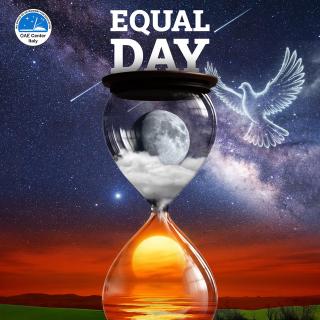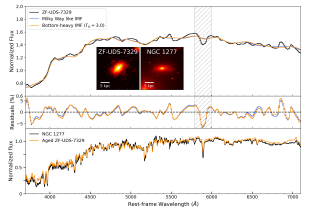Our planet becomes too small for some scientists, therefore they dedicate their lives to study other worlds much larger than Earth and those that are so massive that they almost become a star: giant planets and brown dwarfs. Mark S. Marley, scientist at the NASA Ames Research Center in the Space Sciences Division, computes models of their atmospheres and he is helping to plan for space missions, such as NASA's WFIRST and LUVOIR, for their characterization. He will dedicate his talks to this topic at the XXIX Canary Islands Winter School of Astrophysics, organized by the Institute of Astrophysics of the Canary Islands (IAC) in collaboration with the University of La Laguna (ULL), and which takes place at the UNED delegation of this city.
“Extrasolar giant planets are harder to study than brown dwarfs so special approaches and instruments have to be developed for their exploration”
1. What makes the difference between brown dwarfs and giant planets? What is the aim of studying these objects related to RT?
There are a lot of similarities between brown dwarfs and giant planets and they each help us understand the other. Brown dwarfs are objects not massive enough to fuse hydrogen into helium as stars do. Instead after they are formed they radiate away their energy and cool off over time. We usually think of brown dwarfs as being objects isolated in space, like a star, or as distant companions to a star. Giant planets on the other hand form around a star in a planetary system that may include other planets, dust, and debris. Like a brown dwarf they are mostly composed of hydrogen and helium gas, but may have more complex atmospheres that are shaped by the incident starlight from their primary star and material deposited into the atmosphere during the planetary formation process. We usually think of giant planets as ranging from about as massive as Jupiter to about 10 times as massive. Brown dwarfs, on the other hand, range up to about 80 times as massive as Jupiter.
2. How can we characterize the atmosphere of and exoplanet?
The best way to study the atmospheres of these objects is to obtain spectra with a telescope. Brown dwarfs are easier to study because they are isolated and we have been able to obtain lots of data on them with telescopes such as those in Tenerife and around the world and in space. Extrasolar giant planets are harder to study since they are faint and very close to bright stars. So special approaches and instruments have to be developed to study these objects.
3. You are currently involved in NASA’s WFIRST and LUVOIR missions, which will detect and characterize extrasolar planets. How this satellites will contribute to our knowledge in this field?
WFIRST and LUVOIR will obtain images and spectra of the light reflected by extrasolar giant planets. This will help us to understand the atmospheres of these worlds and how they formed. LUVOIR main goal will be to search for Earthlike planets that might show signs of life, but the giant planets help us to understand each planetary system and how it may have formed.
4. Which specific topics are you going to deal with in the school?
I will explain the special characteristics that make planetary atmospheres challenging and interesting to study and explain how we model these atmospheres with computers. I plan to give examples that connect the theory to the sorts of data we have from these worlds today and in the future. One great challenge is clouds, which both brown dwarfs and extrasolar planets have. Some of the cloud layers are composed of iron and rock grains, which makes them even more exotic.



